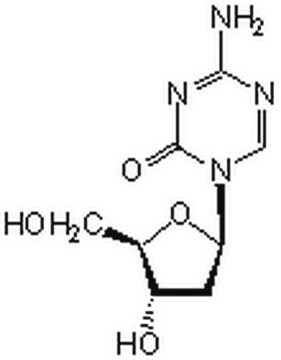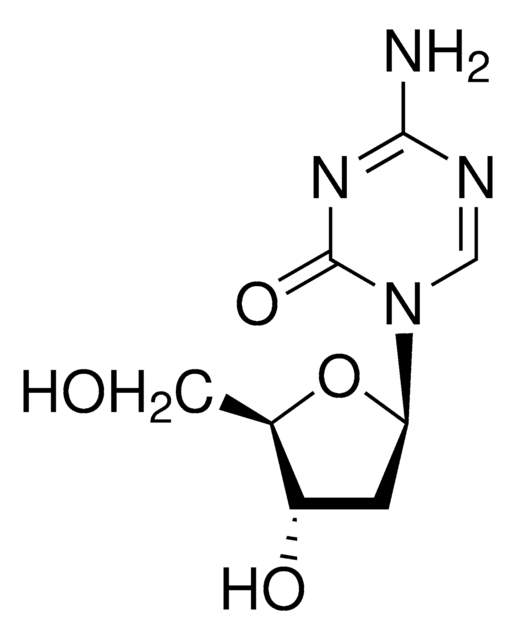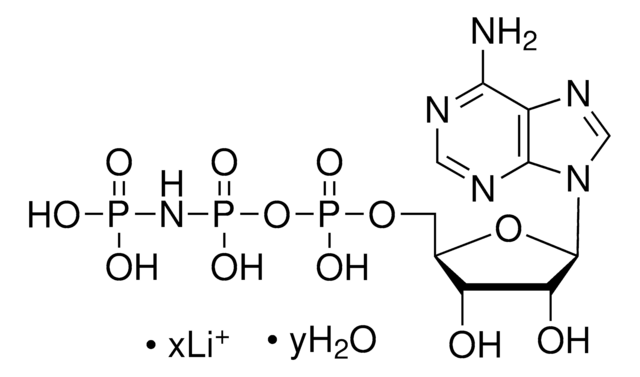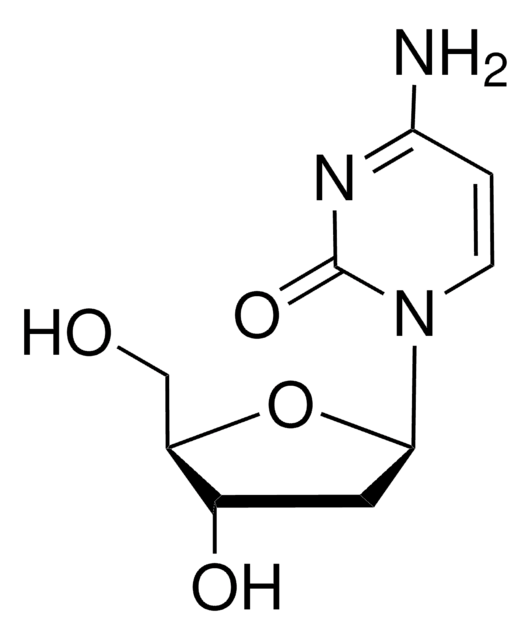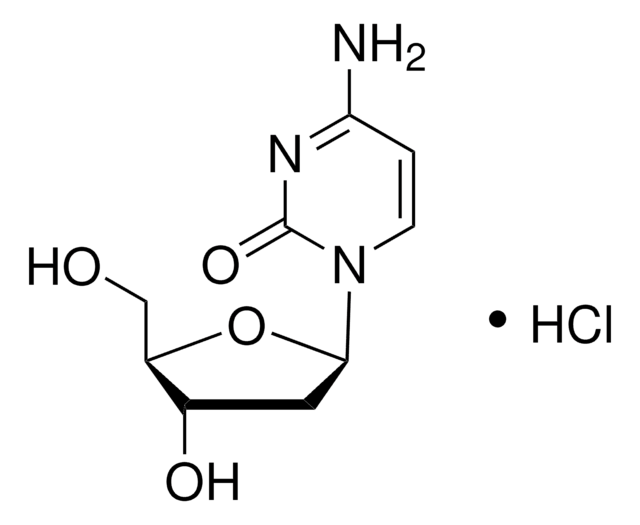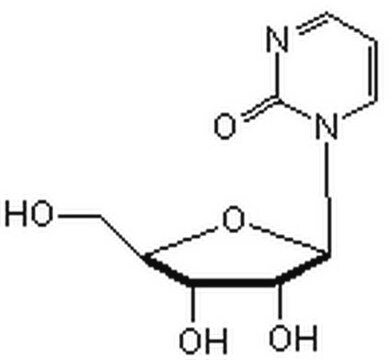A3656
5-Aza-2′-deoxycytidine
≥97% (HPLC), powder, DNA methyltransferase inhibitor
Synonym(s):
2′-Deoxy-5-azacytidine, 4-Amino-1-(2-deoxy-β-D-ribofuranosyl)-1,3,5-triazin-2(1H)-one, Decitabine
About This Item
Recommended Products
product name
5-Aza-2′-deoxycytidine, ≥97%
Quality Level
Assay
≥97%
form
powder
solubility
acetic acid: water (1:1): 50 mg/mL
originator
Eisai
SMILES string
NC1=NC(=O)N(C=N1)[C@H]2C[C@H](O)[C@@H](CO)O2
InChI
1S/C8H12N4O4/c9-7-10-3-12(8(15)11-7)6-1-4(14)5(2-13)16-6/h3-6,13-14H,1-2H2,(H2,9,11,15)/t4-,5+,6+/m0/s1
InChI key
XAUDJQYHKZQPEU-KVQBGUIXSA-N
Gene Information
human ... DNMT1(1786) , DNMT3A(1788)
Looking for similar products? Visit Product Comparison Guide
General description
Application
Biochem/physiol Actions
Features and Benefits
Preparation Note
Signal Word
Danger
Hazard Statements
Precautionary Statements
Hazard Classifications
Acute Tox. 4 Oral - Eye Irrit. 2 - Muta. 2 - Repr. 1B - Skin Irrit. 2 - STOT SE 3
Target Organs
Respiratory system
Storage Class Code
6.1C - Combustible acute toxic Cat.3 / toxic compounds or compounds which causing chronic effects
WGK
WGK 3
Personal Protective Equipment
Certificates of Analysis (COA)
Search for Certificates of Analysis (COA) by entering the products Lot/Batch Number. Lot and Batch Numbers can be found on a product’s label following the words ‘Lot’ or ‘Batch’.
Already Own This Product?
Find documentation for the products that you have recently purchased in the Document Library.
Customers Also Viewed
Articles
Bis-Tris gels and buffers for superior protein resolution compared to traditional tris-glycine gels.
Carcinogenesis and Epigenetics
Our team of scientists has experience in all areas of research including Life Science, Material Science, Chemical Synthesis, Chromatography, Analytical and many others.
Contact Technical Service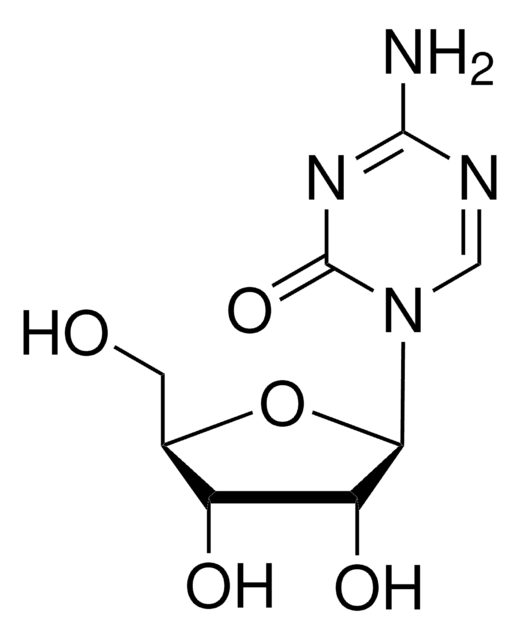
![Adenosine 5′-[γ-thio]triphosphate tetralithium salt ≥75% (HPLC), powder](/deepweb/assets/sigmaaldrich/product/structures/319/398/e29221c2-3649-455b-bd33-583bb017ec7d/640/e29221c2-3649-455b-bd33-583bb017ec7d.png)
